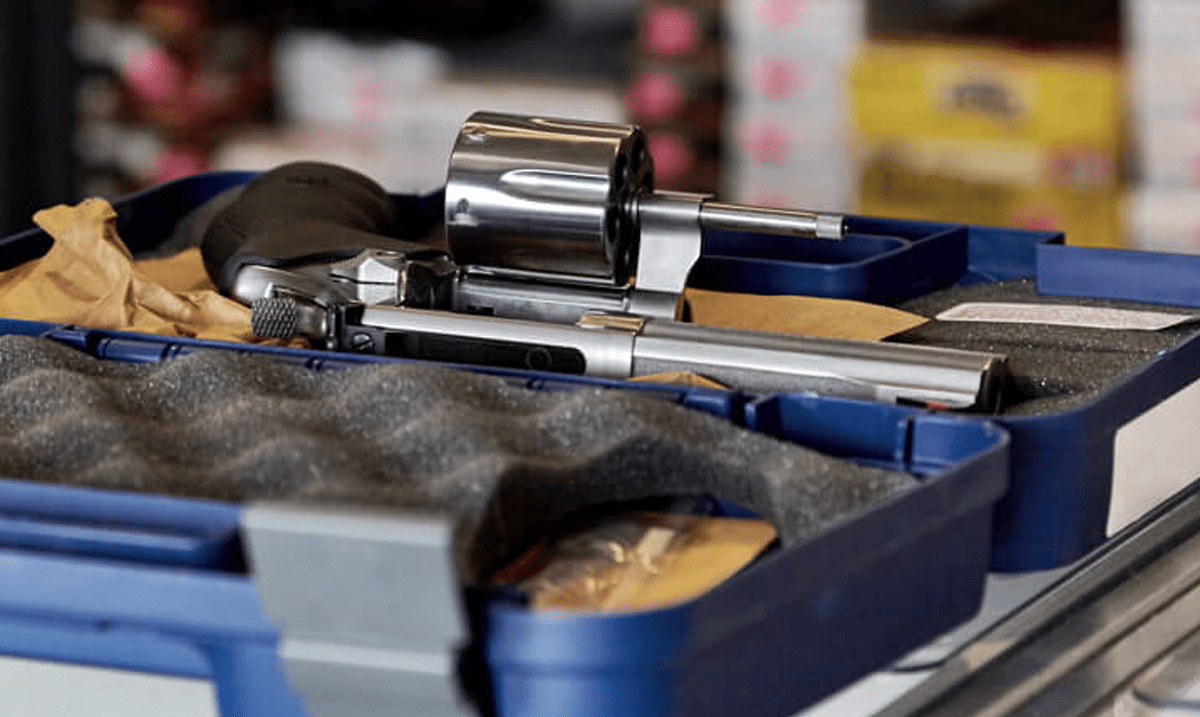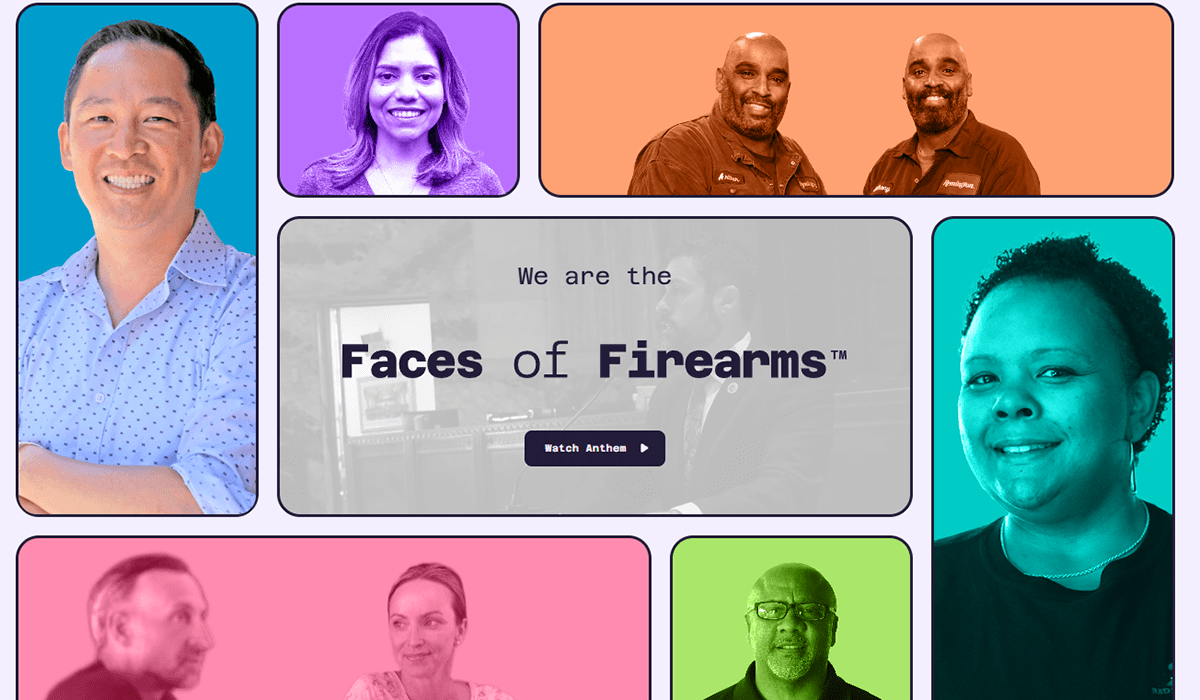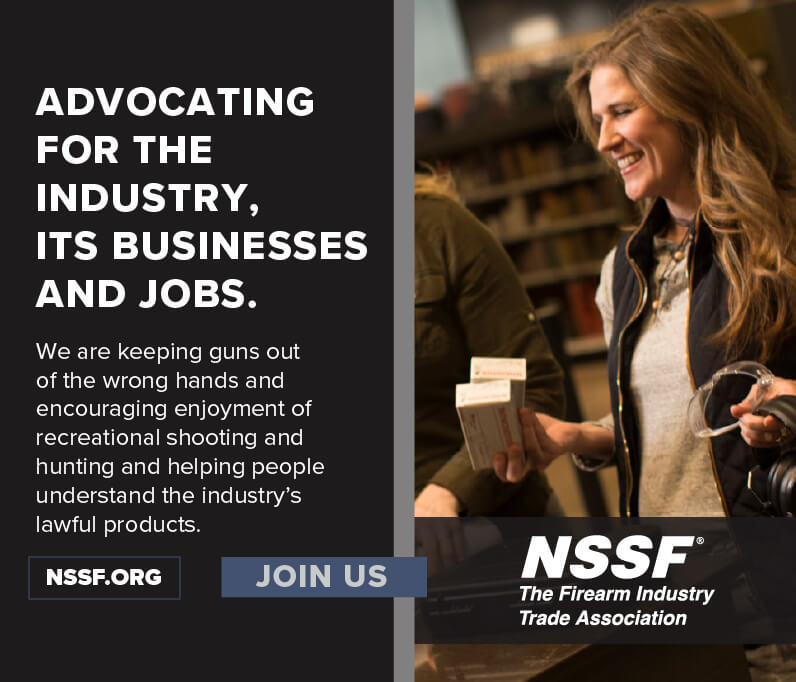 Back to News
Back to News
February 27, 2013
Five Things EVERYONE Should Know About the Firearms Industry
To see most mainstream media coverage of the debates in Washington, D.C., and state capitals over proposed additional regulation of guns, you could get the distinct impression that the firearms industry is under-regulated, does not care about crime or safety and, in general, has never done anything positive and is only concerned with watching out for its own profits.
None of that is true, of course. So here are five facts that you can point out to friends, relatives and neighbors when you hear a discussion about the firearms industry.
1. The firearms industry is well regulated.
There are a considerable number of both federal laws and regulations on the books that govern the manufacture, sale, transportation, import and export of firearms and ammunition. The first federal law passed regulating the possession of firearms was the National Firearms Act of 1934. The Federal Firearms Act of 1938 placed limitations on selling firearms and required sellers to obtain a Federal Firearms License and to maintain records of the name and address of persons to whom firearms are sold. Gun sales to persons convicted of violent felonies were prohibited. The Gun Control Act of 1968 was enacted to keep firearms out of the hands of those not legally entitled to possess them because of age, criminal background or incompetence. State laws provide additional restrictions, as do local ordinances, in many cases. The Bureau of Alcohol, Tobacco and Firearms and Explosives (ATF) is the federal agency responsible for regulating firearms commerce. All told, it’s a lot of oversight and rivaled in impact by few other industries.
2. All handguns and the vast majority of rifles and shotguns produced each year are sold with safety locks.
Safety locks have been required with new handguns sold since 1994. Most manufacturers have been supplying locks for their rifles and shotguns sold in the U.S. on a voluntary basis.
 3. The firearms industry has distributed more than 35 million free firearm safety kits with locks to gun owners.
3. The firearms industry has distributed more than 35 million free firearm safety kits with locks to gun owners.
In 1999, the firearms industry launched Project HomeSafe. The administration of President George W. Bush provided more than $90 million through the Department of Justice enabling the program to greatly expand under the name Project ChildSafe. Since 2002, more than 35 million firearms safety kits which include a cable lock and safety brochure have been distributed through 15,250 partner law enforcement agencies and other program partners in all 50 states and the five territories. Funding ceased under the Obama Administration, and today the firearms industry solely funds the program. Project ChildSafe has helped reduce the number of fatal firearms accidents, which are now at historic low levels, according to the National Safety Council.
4. One can not just walk in off the street and buy a firearm. Nor can a person take direct delivery of a firearm purchased online.
Before a licensed firearms retailer can sell a firearm, the purchaser must complete, under penalty of perjury, a Firearms Transaction Record (Form 4473). Once the form is completed, and before any firearm is transferred, the purchaser must pass a mandatory background check through the National Instant Criminal Background Check System (NICS), which is run by the FBI. Once the purchaser passes the background check establishing that he or she is not a prohibited person, the firearm may be transferred. In some states the state police conduct the background check.
Federal law requires a licensed retailer to report (Form 3310.4) multiple sales of handguns (more than one handgun to the same purchaser within a five-day period) to ATF and local law enforcement by the close of business.
Federal law prohibits the sale of handguns across state lines. For example, a New York resident cannot purchase a handgun in New Jersey.
A firearm purchased online cannot be sent directly from seller to purchaser. The purchaser must identify to the seller a local federally licensed firearms retailer to whom the firearm can be shipped. The retailer will have the purchaser fill out all necessary paperwork and then conduct the mandatory background check. When the purchaser passes the background check, only then can the licensed retailer transfer the firearm into his or her possession.
 5. The firearms industry runs a program to help prevent illegal straw purchases in partnership with ATF.
5. The firearms industry runs a program to help prevent illegal straw purchases in partnership with ATF.
The firearms industry launched “Don’t Lie for the Other Guy” more than a decade ago in association with the ATF. The program educates the public through broadcast and outdoor advertising on the consequences for purchasing a firearm for a prohibited person — such as a convicted felon — in so called “strawman purchases.” Firearms retailers, meanwhile, receive instruction on how to better detect and deter straw purchases. NSSF has provided more than 40,000 kits with this information to firearms retailers nationwide.
Categories: Industry News, Top Stories









